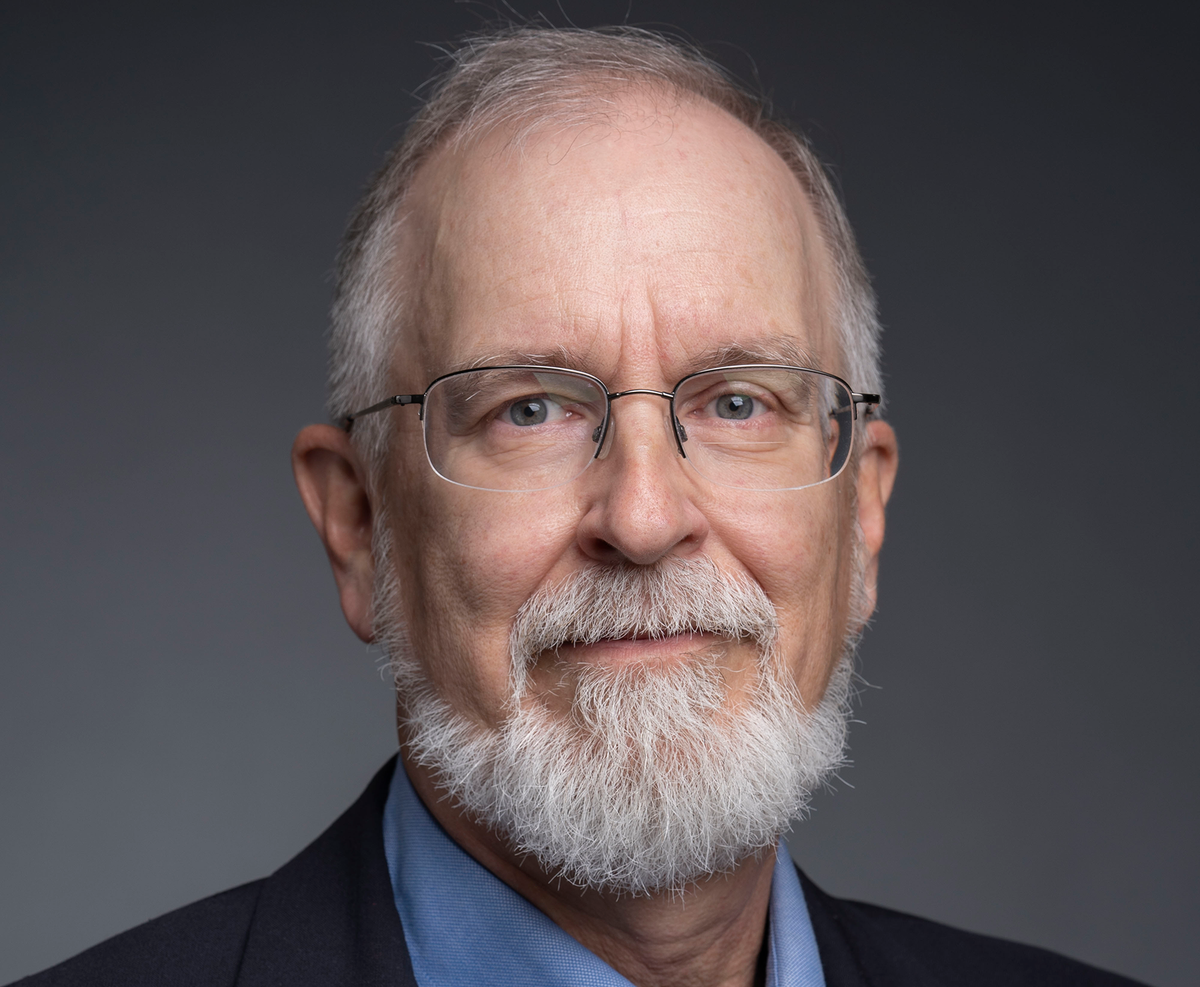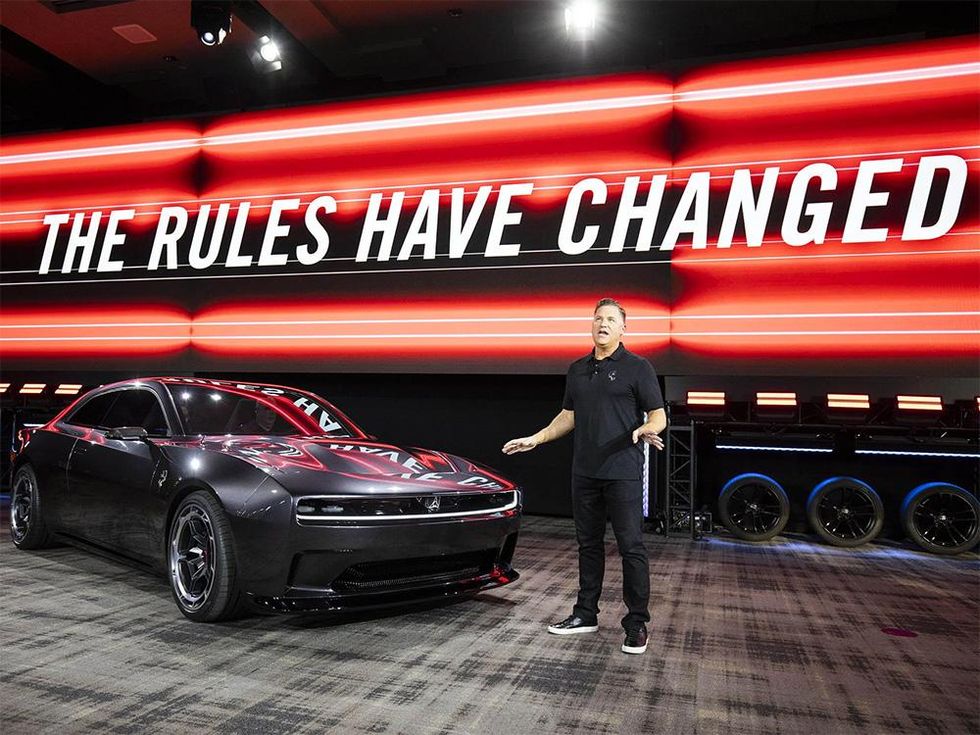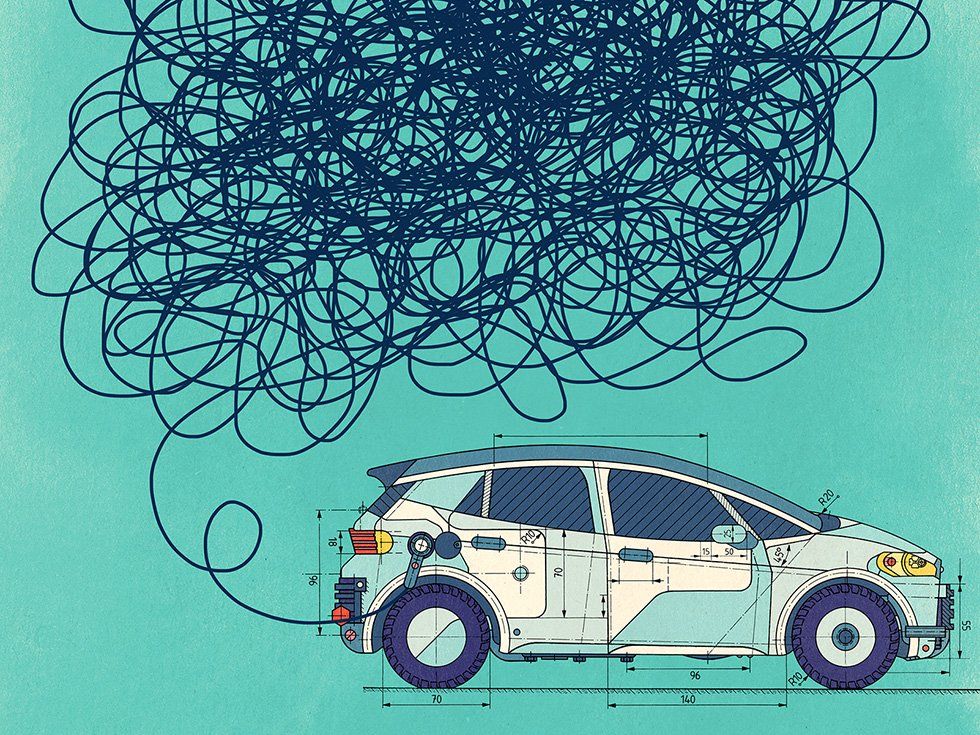Over the past 20 or so years, contributing editor Robert N. “Bob” Charette has written about some of the thorniest issues facing the planet at large and engineers in particular. For IEEE Spectrum, he’s dug into software reliability and maintenance, the so-called STEM crisis, and the automation paradox, examining those complex topics through the eyes of a seasoned risk analyst who has consulted for governments and corporations for five decades.
I’ve been fortunate to be Bob’s editor for many of his ambitious projects. We often converse on Friday afternoons about what he’s hearing from industry insiders and academics on whatever subject he’s currently investigating. Our conversations are jovial, sometimes alarming, and always edifying, at least for me.
So when he called me on a Friday afternoon in the summer of 2021 to propose an article delving into the complexities of the global transition to electric vehicles, I knew that he’d do the research at a deeper level than any tech journalist, and that he’d explore angles that wouldn’t even occur to them.
Download “The EV Transition Explained” e-book for free
In this 49-page e-book, contributing editor Robert N. Charette offers a deep dive into the engineering challenges of making and supporting electric vehicles at scale.
Take power-grid transformers. These essential voltage-converting components are designed to cool down at night, when power consumption is typically low. But with more people charging their EVs at home at night, the 30-year design life of a transformer will drop—to perhaps no more than three years once mass adoption of EVs takes hold. Transformers can cost more than US $20,000 each, and they’re already in short supply in many countries. Bob examined factors like that and dozens of others during the last year and a half.
Throughout his research and reporting, Bob focused on the EV transition “at scale”: What needs to happen in order for electric vehicles to displace internal-combustion-engine vehicles and have a measurable impact on climate change by midcentury? Quite a lot, it turns out. Humans must change two foundational sectors of modern civilization—energy and transportation—to achieve the targeted reductions in greenhouse gas emissions. These simultaneous global overhauls will involve trillions of dollars in investments, tens of millions of workers, millions of new EVs, tens of thousands of kilometers of new transmission lines to carry electricity from countless new wind and solar farms, and dozens of new battery plants and new mines to feed them. Then there are the lifestyle compromises that most people living in developed countries will have to make.
“As always, Bob approached this tangle of issues from a systems engineering perspective.”
As always, Bob approached this tangle of issues from a systems engineering perspective. For a typical assignment, his first draft runs to thousands of words over the assigned length, and we manage to chisel the manuscript down to a single feature article, often leaving a lot of interesting material on the cutting-room floor. This time, we decided to let Bob go long, so he could paint as detailed a picture as possible of a fast-moving and multifaceted target.
The process was kind of like building an EV while driving it. As Bob’s editor, my job was to help him synthesize his findings into a snapshot of the EV industry at a pivotal moment in history. Every Friday, we’d discuss some new announcement or jaw-dropping data point that needed to find its way into what I came to call The Opus. As Bob talked to more people and read more policy documents, research reports, and public-meeting minutes, the assignment went from two or three articles to twelve, covering the technological hurdles, policy battles, and consumer attitudes surrounding the EV transition.
The Opus is now an e-book, The EV Transition Explained, which you can download for free. Bob’s hope, and ours, is that policymakers, auto-industry executives, engineers, and consumers will use his analysis to inform their discussions and decisions about the best ways to transition to EVs—at scale.
- The Aftershocks of the EV Transition Could Be Ugly ›
- Can Power Grids Cope With Millions of EVs? ›
- The EV Transition Explained ›





